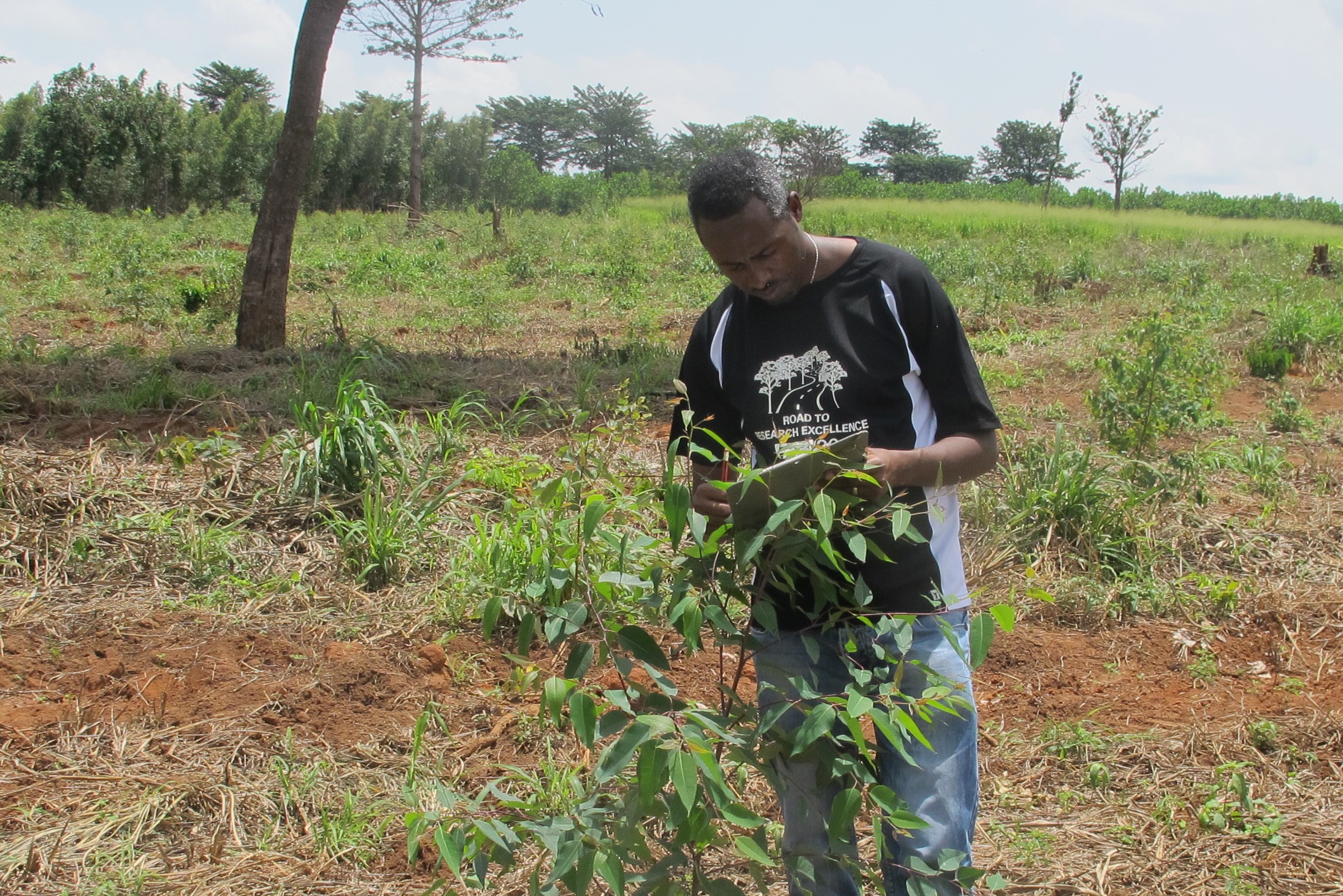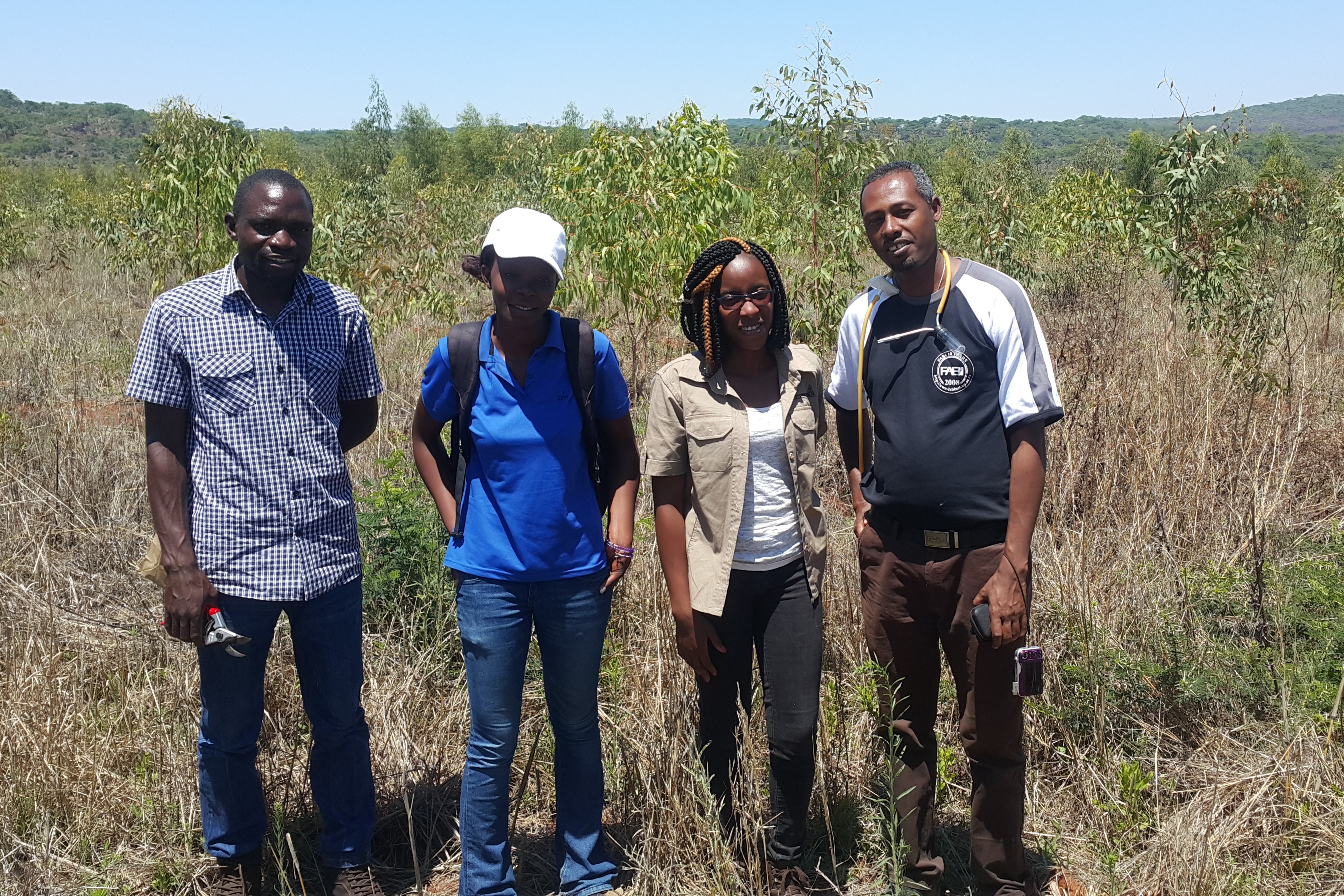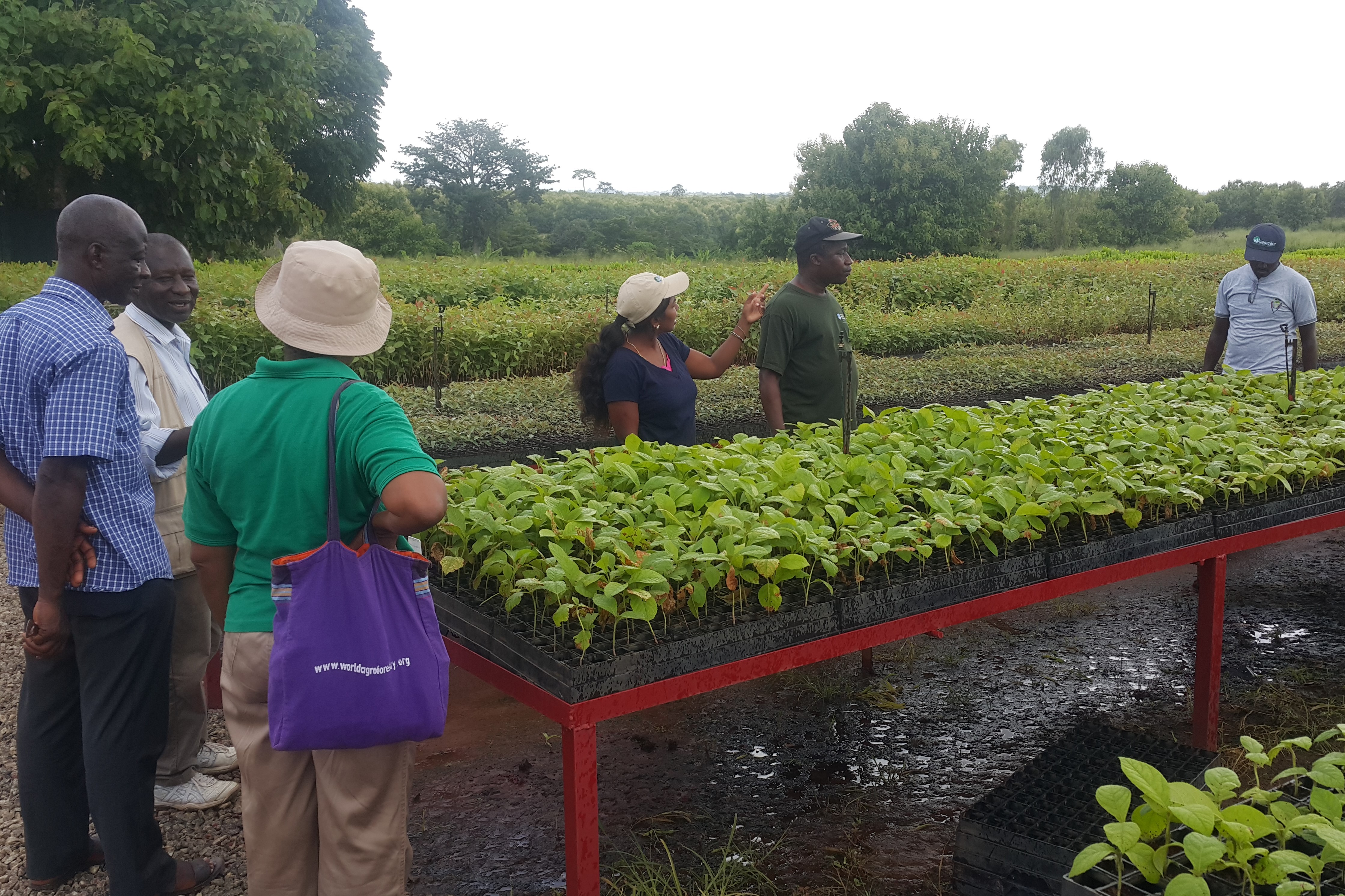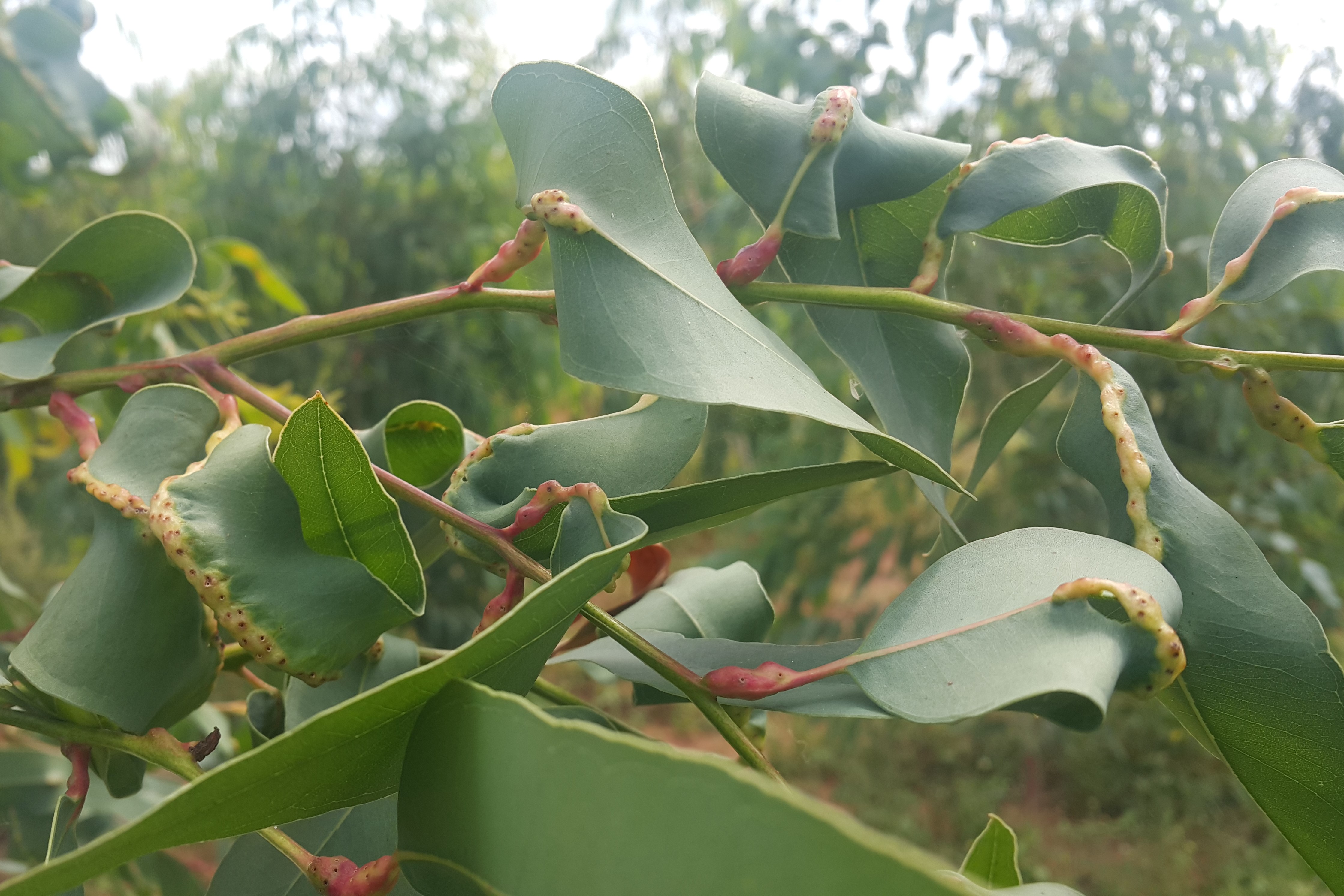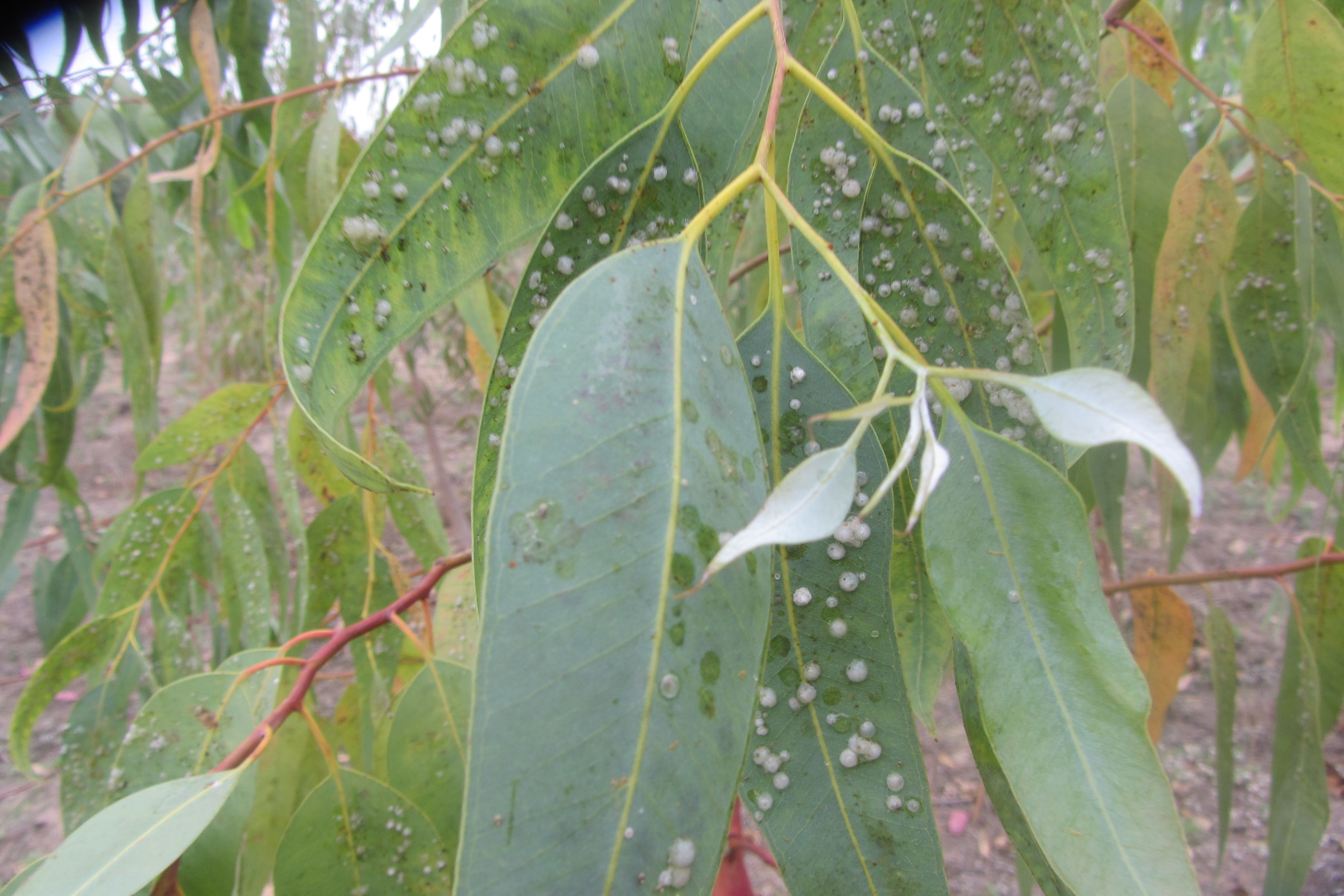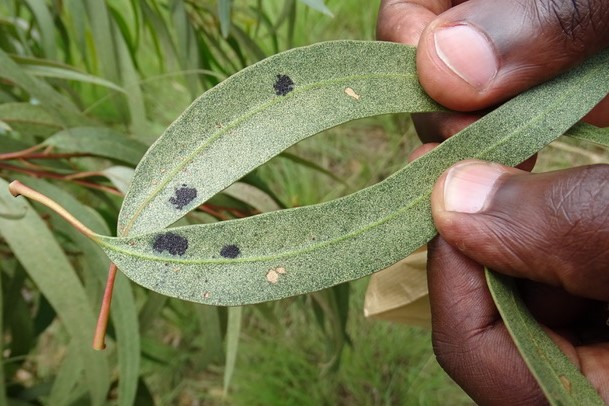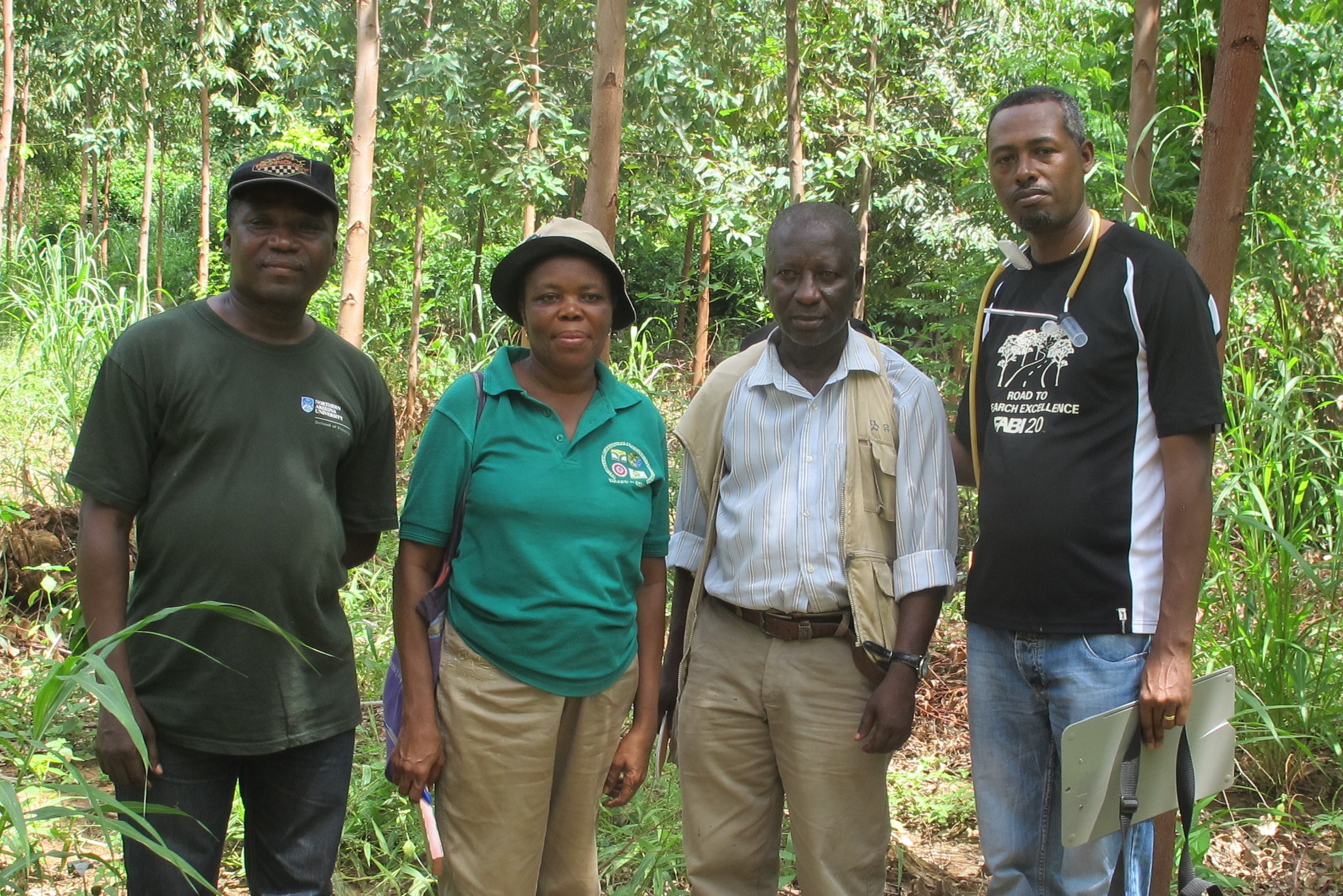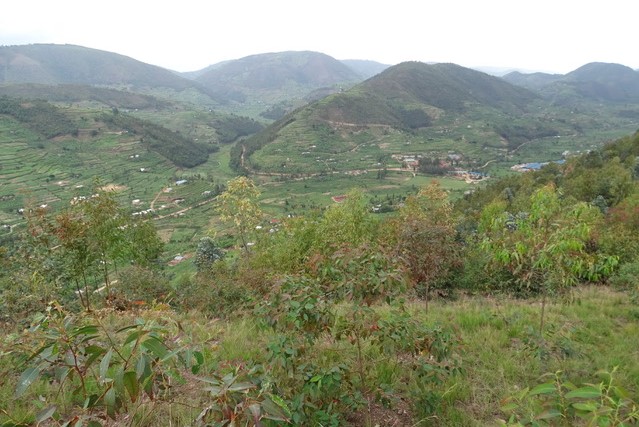Collaborative effort reveals diversity and distribution of eucalypt insect pests across 14 African countries 2020-04-01
Non-native Eucalyptus insect pests pose a threat to eucalypt production in sub-Saharan Africa. In 2017, a collaborative project was developed with the aim of understanding the distribution and genetic diversity of Eucalyptus insect pests and their natural enemies in the region. The project was led by Prof. Brett Hurley and Prof. Bernard Slippers of the Forestry and Agricultural Biotechnology Institute (FABI) at the University of Pretoria and run by a postdoctoral Fellow Dr Mesfin Gossa. The project involved foresters and entomologists from 14 sub-Saharan African countries, including the Democratic Republic of Congo (DRC), Ghana, Ethiopia, Kenya, Madagascar, Malawi, Mauritius, Reunion, Rwanda, Sierra Leone, South Africa, Uganda, Zambia and Zimbabwe. Surveys and sample collection were conducted and insect identification and genetic diversity analysis were made using a combination of morphological and molecular techniques.
The first publication of this project appeared recently in the journal Biological Invasions. This paper highlights that five major non-native Eucalyptus insect pests, namely Glycaspis brimblecombei, Gonipterus sp.n.2, Leptocybe invasa, Thaumastocoris peregrinus, and Ophelimus maskelli were identified from various countries across the region. Most of these insect pests were found broadly distributed across the sampled countries, with first reports in many of those countries. Moderate genetic diversity was observed for T. peregrinus and Gonipterus sp.n.2 and at least two distinct lineages for L. invasa. This is a remarkable result as it sheds light on the understanding of Eucalyptus insect pests in sub-Saharan Africa and forms baseline information for quarantine, management and future research of these pests in the region and beyond. Perhaps the most important output of this project is the contribution it made towards developing a collaboration among foresters and entomologists from various institutes across the region. Such networks play a crucial role in responding to the growing threat from invasive species.


